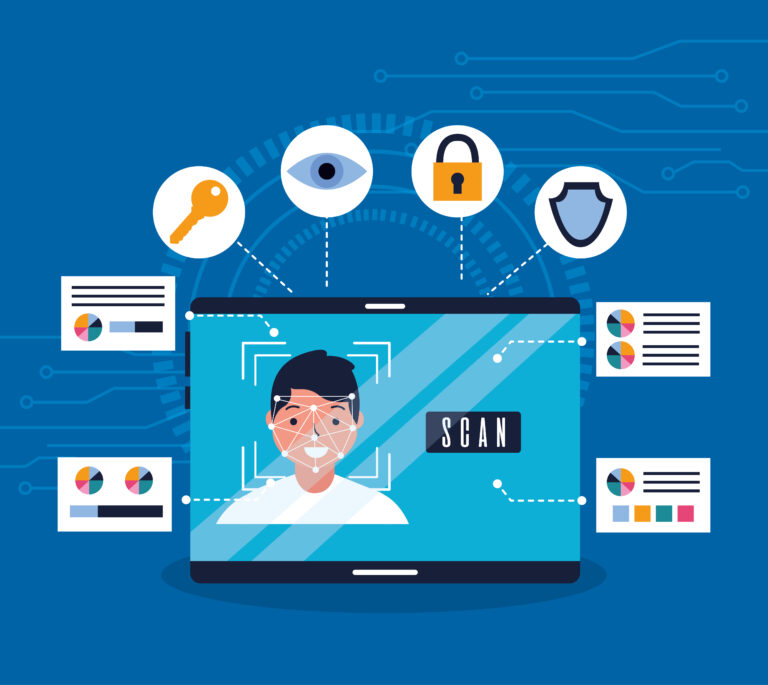How Technology is Improving Accessibility
Technology has become a powerful tool in breaking down barriers and improving accessibility for people with disabilities. From innovative assistive devices to inclusive design practices, advancements in technology are transforming everyday life, education, employment, and social interaction for millions around the world. This article delves into the various ways technology is enhancing accessibility and fostering inclusivity across different aspects of society.
Assistive Technologies: Empowering Independence
Assistive technologies play a crucial role in empowering individuals with disabilities to navigate the world more independently. These technologies encompass a wide range of devices and tools designed to accommodate various impairments and support daily activities:
- Screen Readers and TexttoSpeech Software: For individuals with visual impairments, screen readers convert text on screens into speech or braille output, enabling access to digital content such as websites, documents, and emails.
- Augmentative and Alternative Communication (AAC) Devices: AAC devices help individuals with speech impairments communicate effectively through texttospeech synthesis, picture symbols, or eyetracking systems.
- Mobility Aids and Prosthetics: Technological advancements in prosthetics and mobility aids, such as wheelchairs with robotic assistance or exoskeletons, enhance mobility and independence for people with physical disabilities.
- Smart Home Technology: IoT (Internet of Things) devices and smart home technologies offer voiceactivated controls for appliances, lighting, and security systems, making home environments more accessible for individuals with mobility or dexterity impairments.
Inclusive Design: Designing for Diversity
Inclusive design focuses on creating products, environments, and digital experiences that are accessible to all people, regardless of their abilities or disabilities. By considering diverse user needs from the outset of the design process, inclusive design principles ensure that everyone can participate fully and equally in society:
- Accessible User Interfaces (UI): Designing digital interfaces with clear navigation, customizable font sizes, high color contrast, and keyboard shortcuts improves usability for individuals with visual or motor impairments.
- Captioning and Subtitling: Providing captions and subtitles for video content benefits individuals who are deaf or hard of hearing, as well as those learning a new language or viewing content in noisy environments.
- Accessible Transportation: Apps and platforms that offer realtime transit information, wheelchairaccessible routes, and ridesharing services with accessibility features enhance mobility options for individuals with disabilities.
Education and Learning: Leveling the Playing Field
Technology has revolutionized educational opportunities for students with disabilities, making learning more accessible and inclusive:
- Assistive Learning Tools: Educational software, apps, and devices provide personalized learning experiences and accommodations for students with diverse learning needs, such as dyslexia or ADHD.
- Online Learning Platforms: Elearning platforms offer flexible access to educational resources, courses, and interactive materials, accommodating students who require alternative formats or scheduling flexibility.
- Accessible Digital Libraries: Digital libraries and repositories provide accessible formats of books and academic resources, including audio books, braille editions, and texttospeech options.
Employment and Workplace Accessibility
Technology plays a crucial role in creating inclusive workplaces and expanding employment opportunities for people with disabilities:
- Remote Work and Telecommuting: Telework options supported by video conferencing, remote collaboration tools, and accessible software enable individuals with disabilities to work from home or from locations with accommodations.
- Accessible Communication Tools: Workplace communication platforms with builtin accessibility features, such as realtime captioning and screensharing options, facilitate effective communication among diverse teams.
- Job Matching and Career Development: Online job portals and career services offer tools for resume building, job matching based on skills and preferences, and virtual job fairs accessible to individuals with disabilities.
Social Inclusion and Community Engagement
Technology fosters social inclusion by facilitating communication, participation in cultural activities, and community engagement for individuals with disabilities:
- Social Media and Networking: Social networking platforms enable individuals to connect, share experiences, and participate in online communities, breaking down geographical and physical barriers.
- Accessible Entertainment and Culture: Streaming services with audio descriptions, closed captions, and accessible user interfaces provide inclusive access to movies, TV shows, live performances, and cultural events.
- Accessible Gaming: Video game developers are increasingly incorporating accessibility features such as customizable controls, texttospeech chat options, and colorblind modes to ensure inclusive gaming experiences.
Future Directions: Innovations on the Horizon
Looking ahead, emerging technologies hold promise for further enhancing accessibility and inclusivity:
- Artificial Intelligence (AI) and Machine Learning: AIpowered technologies can automate accessibility features, improve speech recognition accuracy, and enhance personalization of assistive devices and services.
- Wearable Technology: Wearables like smart glasses and hearing aids with AI capabilities could provide realtime environmental information and personalized assistance to users with sensory impairments.
- Robotics and Assistive Devices: Advances in robotics could lead to more sophisticated assistive devices, such as robotic exoskeletons for mobility assistance or robotic companions for social interaction and support.
Conclusion Technology continues to play a pivotal role in advancing accessibility and fostering inclusivity across all aspects of life—from education and employment to social engagement and cultural participation. By leveraging innovative solutions and embracing inclusive design principles, society can break down barriers, empower individuals with disabilities, and create a more equitable and accessible world for all. As technology evolves, so too will our ability to harness its potential for building a more inclusive future where everyone can thrive and contribute to the richness of our global community.






